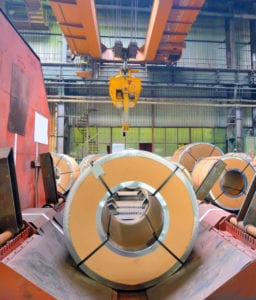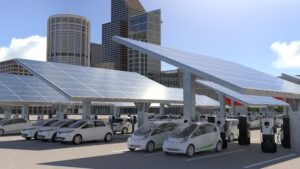As we know, energy transition refers to structural shift of production and consumption of energy by fossil fuel-based systems to renewable energy sources like solar, wind, hydro and hydrogen. Some will include Lithium Ion batteries in renewables which can be debatable, but electric vehicles are playing a big role in energy transition.
Several oil and gas firms, for example, have announced intentions to become carbon neutral. BP, Total, Occidental Petroleum, and Shell are only a handful of the businesses that have vowed to be carbon neutral by 2050. To achieve these objectives, these businesses are promoting clean energy technologies and ventures. For example, BP has partnered with Ørsted, a Danish renewable energy company, to produce green hydrogen in Europe, and Total has invested billions in solar power in India. Oil and gas production will likely decline as businesses move away from fossil fuels and into cleaner energy sources. For example, BP has stated that it will cut oil and gas output by 40% in the next ten years.
Investors and analysts have also started to question the efforts of oil and gas companies to reduce carbon intensity.
Oil companies are being forced to standardize reporting of greenhouse gas emissions produced by operations and entire supply chains. Some are working to advance technologies that allow for the digital monitoring of an oil and gas company’s integrated carbon footprint, such as Open Group. Others argue that investments should be measured against wider financial, social, and governance (ESG) parameters.
Many oil and gas firms are rethinking their long-term strategies in the face of the energy transition. For one thing, they may need to go well beyond decarbonizing their own operations to significantly reduce their emissions. Scope 3 emissions, which are correlated with the use of the sector’s products, continue to be the most pressing problem, accounting for nearly three-quarters of the sector’s total emissions footprint.
The UN Paris Agreement signed by 196 countries set the target for the world to restrict global warming by 1.5 to 2.0 degrees Celsius above pre-industrial levels. While massive increases in climate change action are needed to fulfill the Paris Agreement’s targets, the years since its entry into force have already sparked sustainable solutions and new markets. Carbon neutrality goals are being set by an increasing number of nations, territories, towns, and businesses. This trend is most noticeable in the power and transport sectors and has created many new business opportunities for early movers.
Many of the larger oil and gas companies are hoping to find a middle ground on their way to being integrated energy companies.
Companies in this group are attempting to diversify their revenue mix, capital allocation, and operational capacities while defending existing dividend streams and stock valuations based on their hydrocarbon legacies. Whatever strategy is selected, all oil and gas companies will need to rapidly change their operating models to improve carbon management capabilities. Each business must understand how much carbon it produces, how much is in its products, how to reduce its carbon intensity, and how to effectively communicate this information to regulators, investors, and consumers. They must also be aware of the investor sentiment on carbon and how it can affect valuations and financing.
Schneider Electric, the leader in the digital transformation of energy management and automation, ranked world’s most sustainable corporation by Corporate Knights, leads by example on sustainability front to help our customers understand their carbon footprint, collect data from all direct and indirect sources, evaluate the complete impact and report in accepted compliance formats.
Schneider Electric’s Energy & Sustainability Services offers a comprehensive set of services across all areas of an organization’s energy and sustainability management program: supply, demand, and sustainability. Each service can be supplied independently or in combination for maximum cost and resource savings. Explore the white paper: “The Decarbonization Challenge, Part 1: Closing the Ambition to Action Gap” for additional insights from our Services organization.
We have a proven record of leading companies to thriving programs across economic, environmental, and social dimensions. We can help with the purchase and installation of renewable energy components, guide you in the latest advancements in reducing waste, and lead your organization to cut water consumption. As a global leader in sustainability services, we provide you with an experienced group of professionals to assess, develop, and lead complex, global programs. The result is an end-to-end solution that integrates strategy, technology, and implementation, all while helping you accelerate your business performance.



